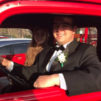Jump to content
×
- Create New...

